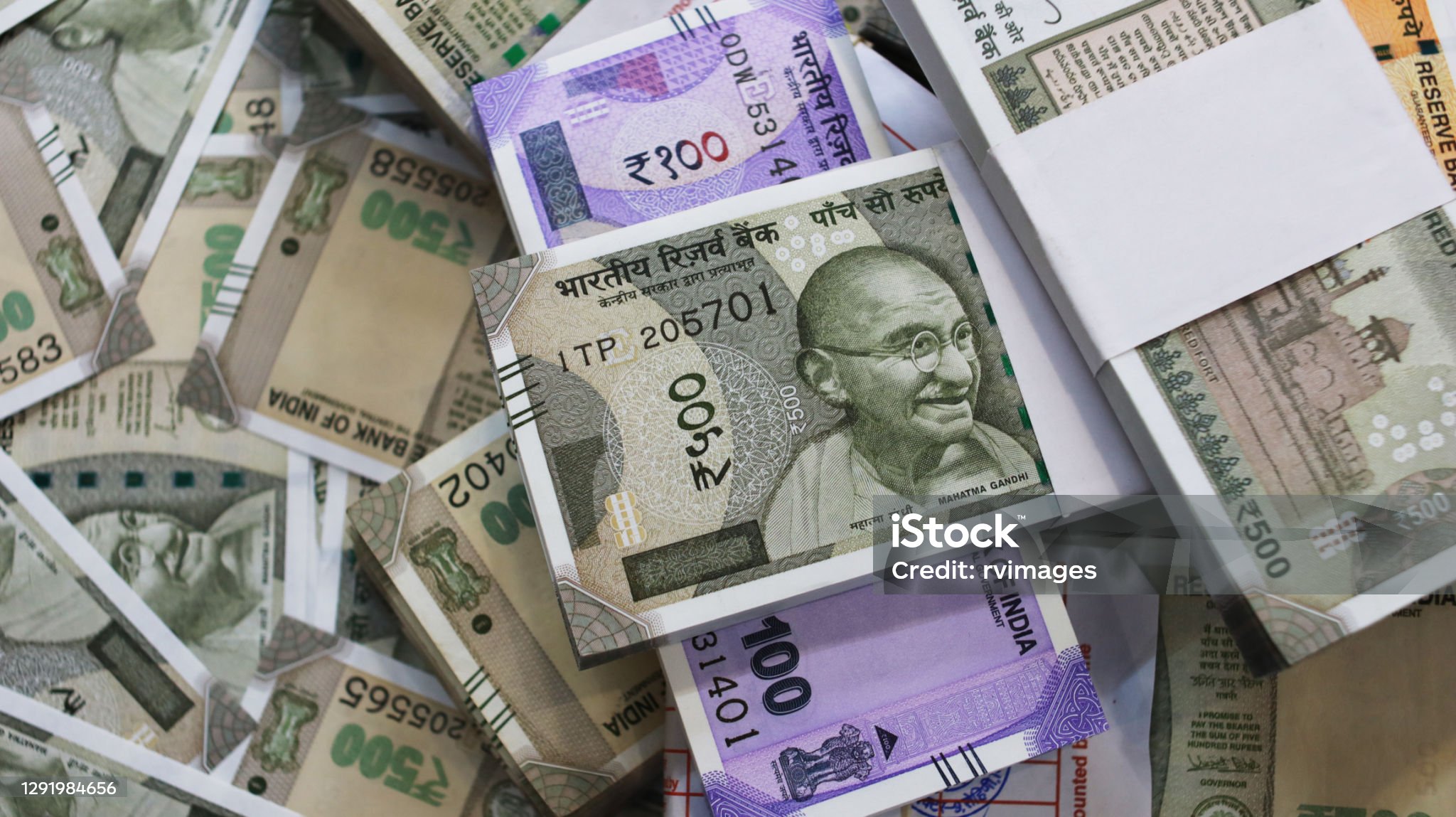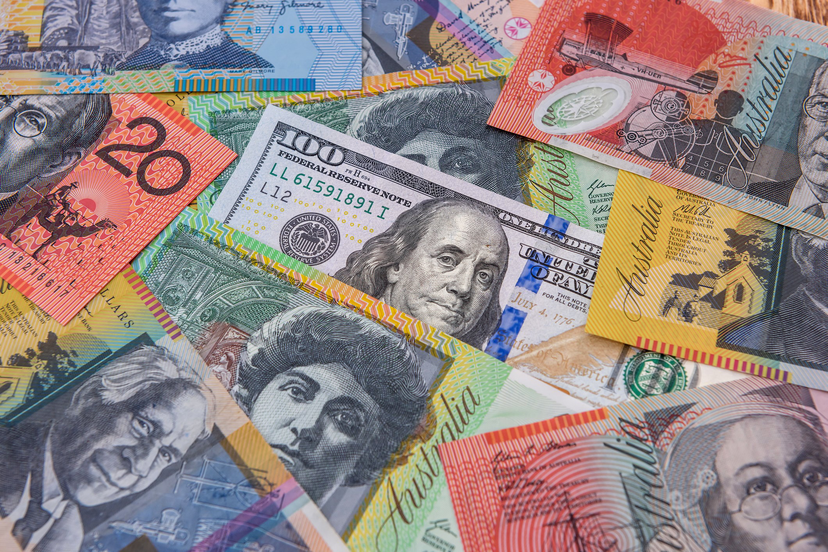The USD/INR pair gained momentum in Thursday’s early European session as the Indian Rupee (INR) weakened, influenced by a strong U.S. Dollar (USD) and rising bond yields after Donald Trump’s U.S. presidential victory. The Federal Reserve’s impending rate decision is anticipated to play a significant role in USD/INR’s near-term direction, with market consensus pointing to a 25-basis point (bps) cut.
Key Drivers Behind USD/INR’s Rise
The USD/INR uptrend has been primarily driven by:
- U.S. Dollar Strength: The Dollar’s rally, bolstered by Trump’s second-term growth outlook and strong bond yields, pressures INR.
- Fed Rate Cut Expectations: The Federal Reserve is widely expected to lower interest rates by 25 bps. This anticipated policy adjustment, alongside a weekly U.S. jobless claims report, keeps the USD appealing as traders seek clarity on the Fed’s trajectory.
- Foreign Fund Outflows: Continuous foreign outflows from Indian markets due to bond and FX volatility could further strain INR, as capital moves toward safer U.S. assets amid market uncertainty.
Despite these factors, the Reserve Bank of India (RBI) may step in to curb excessive INR volatility by selling USD, helping temper any drastic moves.
Indian Economic Indicators
Supporting the rupee’s fundamentals, the HSBC India Services PMI rose to 58.5 in October, from 57.7 in September. According to Pranjul Bhandari, HSBC’s Chief India Economist, the expansion indicates strong consumer demand and job growth within India’s service sector. In the broader context, however, India’s currency has been overvalued for some time and could continue adjusting downward in response to global pressures.
Also read : Trump’s U.S. Election Lead Drives USD/INR Rally- Rupee Hits Record Low With 1.4% Dollar Gain
Technical Outlook for USD/INR
Technically, the USD/INR maintains a bullish outlook while trading above its 100-day Exponential Moving Average (EMA), suggesting that sentiment remains positive. However, the 14-day Relative Strength Index (RSI) indicates overbought conditions at 73.45, suggesting a potential consolidation phase before further gains.
- Resistance Levels: The next resistance point lies around the upper trend channel at 84.30, with further upside potential at 84.50 and the psychological barrier of 85.00.
- Support Levels: On the downside, initial support lies within the 84.05-84.10 range, near the trend channel’s lower boundary. A break below this could see USD/INR testing 83.80 (100-day EMA), with further support around 83.46, marking the low of September 24.




